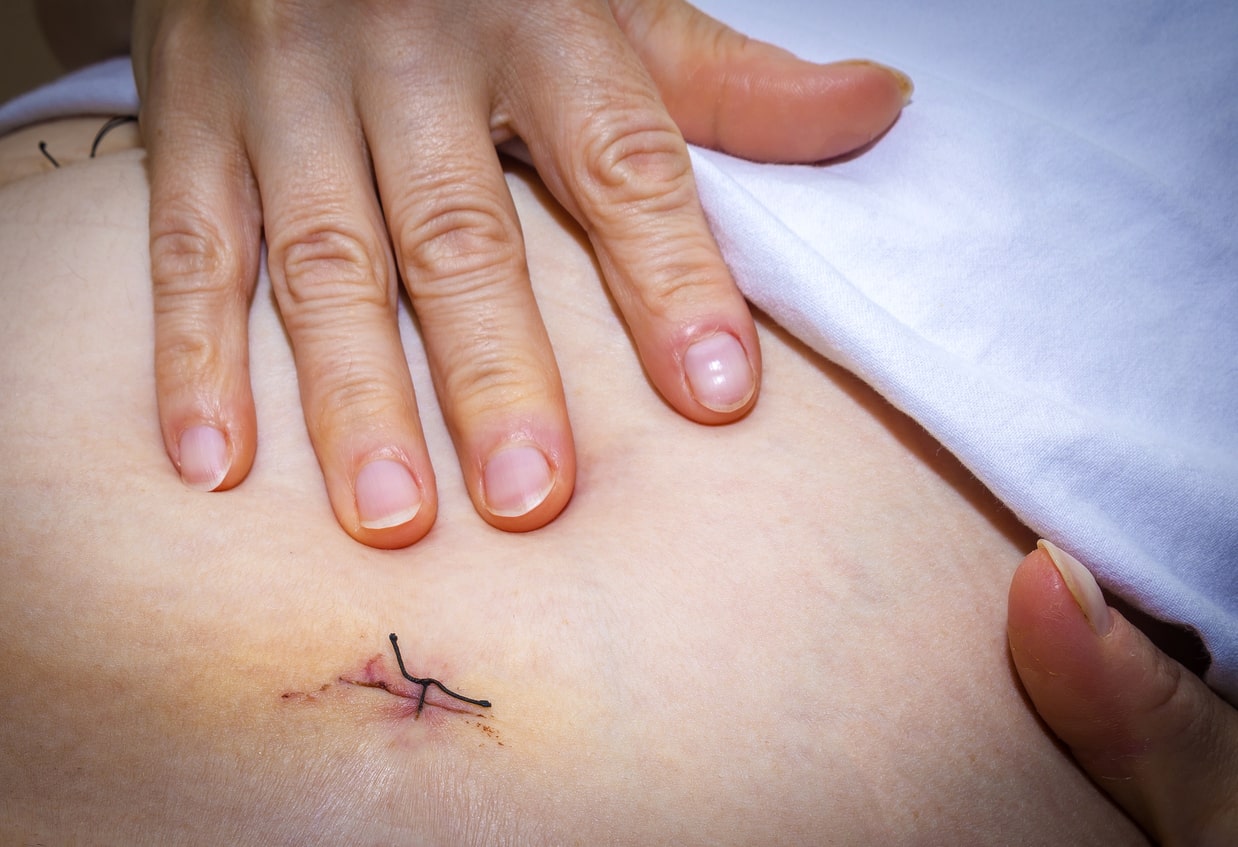Endometriosis is a condition that affects millions of people worldwide. As a result, many patients opt for endometriosis surgery to manage the symptoms and reduce the discomfort associated with the disease. If you’re considering endometriosis surgery, you may have questions about what to expect before and after the procedure. Let’s dive into the details.
What Happens Before Endometriosis Surgery?
Your doctor will likely perform some tests before scheduling your surgery, including imaging tests such as an ultrasound or MRI and hormone tests to check your estrogen levels. Your doctor will also take a medical history and discuss your current symptoms to better understand how your endometriosis has progressed. It’s essential, to be honest about medications, allergies, and other health conditions that could affect your treatment options or surgical outcome. There will also be a physical exam, including a pelvic exam. Your doctor tries to learn your body and pinpoint any tumors, pain, or abnormality during this physical exam. The result of that physical exam might guide the surgery strategy.
What Happens During Endometriosis Surgery?
This surgery often needs general anesthesia, so doctors put you to sleep during the surgery. Endometriosis surgery is typically performed laparoscopically or with a robot. That means your surgeon will make three to four small incisions in the abdomen and pelvic area. Then they insert a surgical tool with a tiny camera to help them see inside your body during the procedure. The primary goal of endometriosis surgery is to remove any areas of abnormal tissue or scarring caused by endometriosis growth while preserving healthy tissue as much as possible. Depending on the severity of your condition, the surgeon may remove specific organs partially or entirely to reduce pain and improve fertility outcomes. Your surgeon should discuss these possibilities and ask for your consent before surgery.
What Happens After Endometriosis Surgery?
After your surgery, it’s important to rest for several days or weeks so your body can heal properly. Your doctor may prescribe medications to help manage pain or inflammation during the post-surgical period. You must take these medications exactly as prescribed to minimize potential complications. You should also avoid strenuous activities such as heavy lifting or running during recovery; instead, with your doctor’s permission, stick with light exercises like walking or yoga until your doctor clears you for more demanding activity levels.
Endometriosis is a common condition among patients, but it doesn’t have to impede their quality of life. With modern treatments such as endometriosis surgery, patients can find relief from their symptoms while still preserving healthy tissues whenever possible. It’s crucial for those considering endometriosis surgery to understand what happens before, during, and after the procedure to know what steps they need to take to ensure successful recovery afterward. With proper preparation and informed decision-making about treatment options, you can have less anxiety during this period and get back on track with living your life after surgery.




